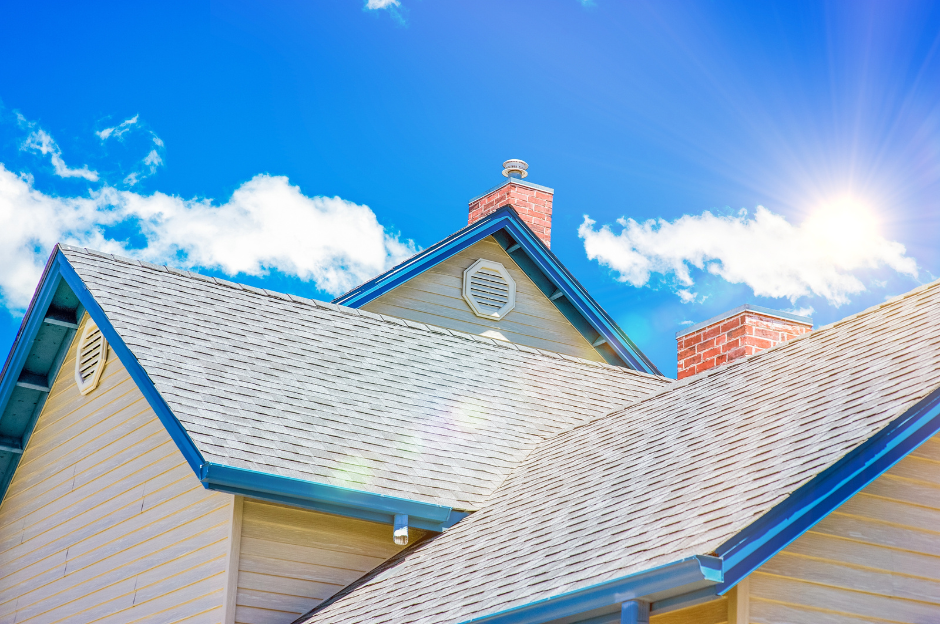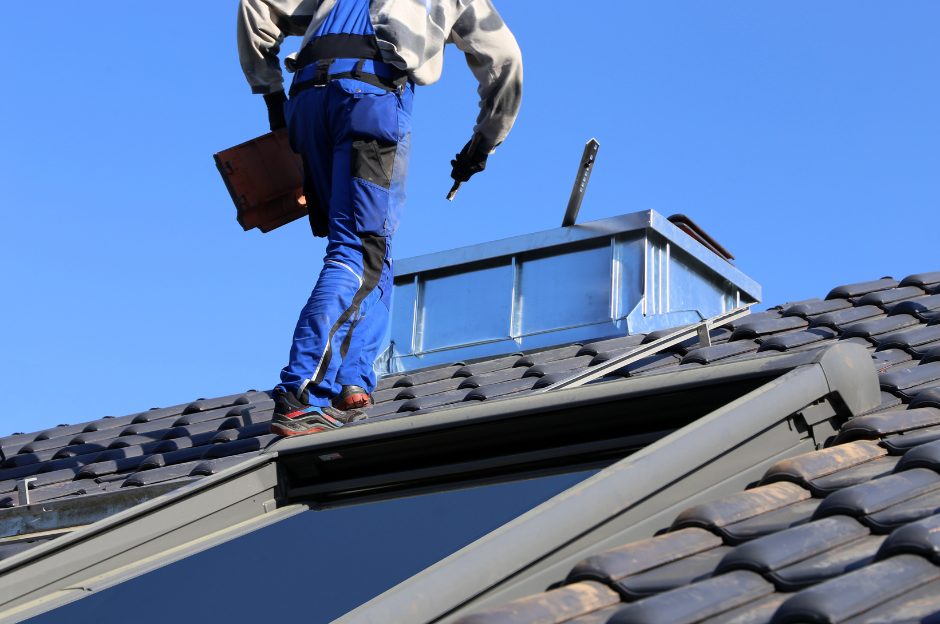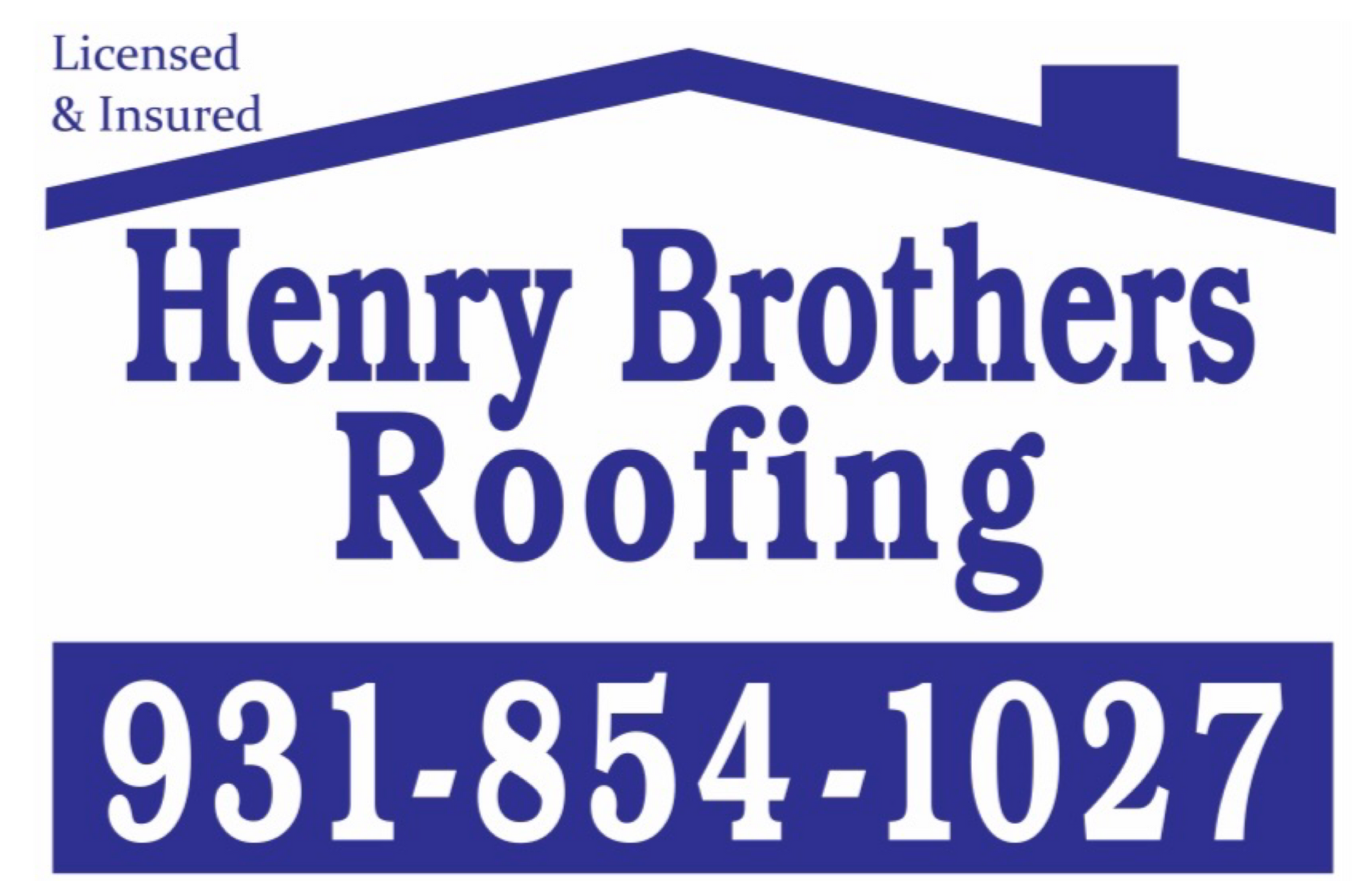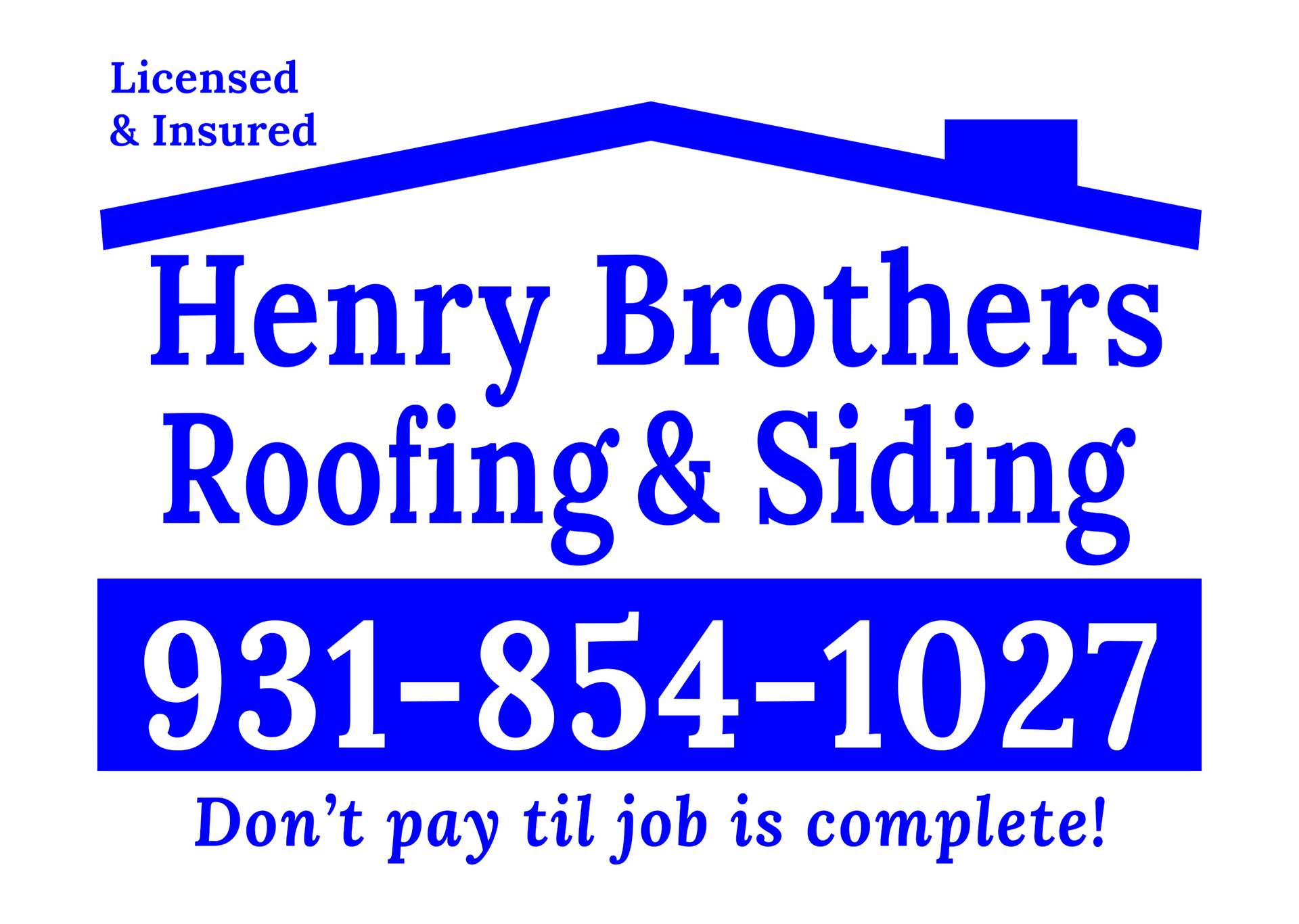Budget-Friendly Roofing Solutions: Quality Without Breaking the Bank
June 29, 2024

A roof is one of the most critical components of any home, providing protection from the elements and contributing to the overall structural integrity and aesthetic appeal. However, roof replacement or repair can be a significant expense. Homeowners often face the challenge of finding cost-effective solutions without compromising on quality. Fortunately, there are several budget-friendly roofing options available that offer durability, efficiency, and a pleasing appearance. In this blog post, we will explore various economical roofing solutions and tips for maintaining a high-quality roof without breaking the bank.
1. Asphalt Shingles
Asphalt shingles are one of the most popular and budget-friendly roofing materials available. They are widely used due to their affordability, ease of installation, and variety of styles and colors.
Benefits of Asphalt Shingles
Cost-Effective: Asphalt shingles are among the most affordable roofing materials, making them an excellent choice for budget-conscious homeowners.
Versatility: Available in a wide range of colors and styles, asphalt shingles can complement various architectural designs.
Ease of Installation: Their straightforward installation process helps reduce labor costs.
Durability: High-quality asphalt shingles can last between 15 to 30 years, depending on maintenance and environmental factors.
Types of Asphalt Shingles
Three-Tab Shingles: The most basic and affordable option, featuring a flat, uniform appearance.
Architectural Shingles: A more premium option with a dimensional look, providing better aesthetics and slightly higher durability.
Impact-Resistant Shingles: Designed to withstand severe weather conditions, offering enhanced durability.
2. Metal Roofing
Metal roofing is another cost-effective solution that offers excellent durability and a long lifespan. It is available in various materials, including aluminum, steel, and copper.
Benefits of Metal Roofing
Longevity: Metal roofs can last 40 to 70 years, significantly longer than traditional asphalt shingles.
Energy Efficiency: Metal roofs reflect solar radiant heat, reducing cooling costs in the summer.
Low Maintenance: Metal roofing requires minimal maintenance compared to other materials.
Recyclable: Most metal roofing materials are recyclable, making them an eco-friendly option.
Cost Considerations
While the initial cost of metal roofing can be higher than asphalt shingles, its longevity and low maintenance requirements can result in cost savings over time. Additionally, there are budget-friendly metal roofing options available, such as corrugated metal panels.
3. Rubber Roofing
Rubber roofing, also known as EPDM (ethylene propylene diene terpolymer) roofing, is an affordable and durable option, particularly for flat or low-slope roofs.
Benefits of Rubber Roofing
Affordability: EPDM roofing is one of the most cost-effective flat roofing materials.
Durability: Resistant to extreme weather conditions, UV rays, and ozone, rubber roofing can last 20 to 30 years.
Ease of Installation: Rubber roofing is relatively easy to install, reducing labor costs.
Low Maintenance: Requires minimal maintenance, with repairs being straightforward and cost-effective.
Installation and Maintenance Tips
Professional Installation: Ensure the roof is installed by professionals to avoid potential issues such as leaks or poor adhesion.
Regular Inspections: Conduct regular inspections to identify and address any minor issues before they become major problems.
4. Concrete and Clay Tiles
Concrete and clay tiles are durable roofing materials that offer a distinctive and attractive appearance. They are especially popular in regions with warm climates.
Benefits of Concrete and Clay Tiles
Longevity: Both concrete and clay tiles can last over 50 years with proper maintenance.
Durability: Resistant to fire, rot, and insect damage, making them a reliable choice.
Aesthetics: Available in a variety of colors and styles, enhancing the visual appeal of a home.
Energy Efficiency: Their thermal mass helps regulate indoor temperatures, reducing energy costs.
Cost Considerations
While the initial cost of concrete and clay tiles can be higher, their longevity and low maintenance requirements make them a cost-effective solution over time. Concrete tiles are generally more affordable than clay tiles while offering similar benefits.
5. Wood Shingles and Shakes
Wood shingles and shakes provide a natural and rustic look, adding charm and character to a home. They are typically made from cedar, redwood, or pine.
Benefits of Wood Shingles and Shakes
Aesthetics: Offer a unique and attractive appearance that can enhance the curb appeal of a home.
Insulation: Wood provides natural insulation, helping to reduce energy costs.
Durability: With proper maintenance, wood shingles and shakes can last 20 to 30 years.
Cost Considerations
While wood roofing materials can be more expensive initially, they offer good durability and aesthetic value. To keep costs down, consider using treated pine shingles, which are more affordable than cedar or redwood.
6. Slate Roofing
Slate roofing is known for its exceptional durability and elegant appearance. While it is often associated with high-end homes, there are budget-friendly slate options available.
Benefits of Slate Roofing
Longevity: Slate roofs can last over 100 years with proper care.
Durability: Highly resistant to fire, mold, and weather damage.
Aesthetics: Provides a classic and sophisticated look.
Cost Considerations
Natural slate can be quite expensive, but synthetic slate tiles offer a more affordable alternative while maintaining many of the same benefits. Synthetic slate is lighter, easier to install, and available at a fraction of the cost of natural slate.
7. Composite Shingles
Composite shingles are made from a combination of materials, such as fiberglass, recycled paper products, and asphalt. They are designed to mimic the appearance of more expensive roofing materials like wood or slate.
Benefits of Composite Shingles
Affordability: Generally more affordable than their natural counterparts.
Durability: Resistant to impact, fire, and extreme weather conditions.
Aesthetics: Available in a variety of styles and colors, providing versatility in design.
Installation and Maintenance Tips
Professional Installation: Ensure the roof is installed by experienced professionals to maximize its lifespan.
Regular Inspections: Conduct regular inspections to identify and address any issues promptly.
Tips for Reducing Roofing Costs
In addition to selecting cost-effective roofing materials, there are several strategies homeowners can employ to further reduce roofing costs:
1. Obtain Multiple Quotes
Before selecting a roofing contractor, obtain multiple quotes to compare prices and services. This can help ensure you get the best value for your money.
2. Schedule During Off-Season
Roofing contractors often offer discounts during their off-season, typically in late winter or early spring. Scheduling your roofing project during this time can result in significant savings.
3. Perform Regular Maintenance
Regular maintenance, such as cleaning gutters, removing debris, and inspecting for damage, can extend the lifespan of your roof and prevent costly repairs.
4. Consider a Roof Overlay
If your existing roof is in relatively good condition, consider a roof overlay, where new shingles are installed over the old ones. This can save on labor costs associated with tear-off and disposal.
5. DIY Minor Repairs
For minor repairs, consider doing them yourself if you have the necessary skills and tools. This can save on labor costs and help you address issues promptly.
6. Use Quality Materials
While it may be tempting to choose the cheapest materials, investing in high-quality roofing materials can result in long-term savings by reducing the need for frequent repairs and replacements.
Henry Brothers Blog

Multi-family buildings pose unique challenges for roofing—requiring durable, efficient, and cost-effective solutions that serve multiple households simultaneously. Selecting the right system and partner can significantly impact long-term maintenance and energy bills. Common Roofing Challenges in Multi-Family Properties Large surface areas Multiple penetrations (vents, HVAC units) Noise and disruption during installation High foot traffic for maintenance Energy efficiency Efficient Roofing Materials TPO (Thermoplastic Polyolefin): Lightweight, reflective, and energy-efficient. Ideal for flat or low-slope roofs. Modified Bitumen: Offers durability and weather resistance. Works well for larger structures. Metal Roofing: Long-lasting and low-maintenance. Higher upfront costs but excellent ROI. Asphalt Shingles: Budget-friendly and easy to repair. Better for pitched multi-family homes. Affordability Strategies Bulk Purchasing Discounts: Roofers often offer lower rates for large-scale projects. Energy Rebates and Tax Credits: Cool roofing materials may qualify for incentives. Roof Coatings: Extend lifespan and defer full replacements. Preventive Maintenance Plans: Regular inspections reduce major repair costs. Partnering with the Right Contractor Choose a roofing contractor experienced in multi-family dwellings. Look for: References from similar projects Warranty offerings Insurance and licensing Clear timelines and communication protocols

Your roof is one of the most defining features of your home’s architecture. A well-designed roof complements the style, era, and character of your house, enhancing both curb appeal and value. Whether you own a modern home, a Victorian masterpiece, or a Mediterranean villa, choosing the right roofing materials and design is essential. This article explores custom roofing solutions for different architectural styles, ensuring your roof is both aesthetic and functional. 1. Why Custom Roofing Matters A one-size-fits-all approach doesn’t work for roofing. Here's why customization is key: 🏡 Preserves Architectural Integrity The roof should match the home's era and design. A poorly chosen roof can clash with the architecture and reduce property value. 💰 Boosts Home Value & Curb Appeal A well-matched roof enhances visual appeal, making your home stand out. Homebuyers prefer houses with roofs that fit the overall design. 🌦 Enhances Durability & Efficiency Custom roofing accounts for climate, slope, and insulation. Choosing the right materials ensures longer roof life and energy efficiency. 2. Best Roofing Materials for Different Architectural Styles 🏗 Modern & Contemporary Homes Modern architecture focuses on clean lines, minimalism, and energy efficiency. Best Roofing Options: ✅ Flat Roofs – Achieve a sleek, contemporary look. ✅ Metal Roofing – Durable and complements modern aesthetics. ✅ Green Roofs – Eco-friendly and visually striking. ✅ Solar Panels – Integrate renewable energy solutions. 🏰 Victorian & Gothic Revival Homes These homes have steep-pitched roofs, turrets, and elaborate detailing. Best Roofing Options: ✅ Slate Tiles – Classic, long-lasting, and historically accurate. ✅ Wood Shingles – Adds charm and natural beauty. ✅ Decorative Metal Accents – Enhances ornate Victorian designs. 🏝 Mediterranean & Spanish-Style Homes Inspired by European coastal homes, these feature stucco walls and curved archways. Best Roofing Options: ✅ Clay or Terracotta Tiles – Traditional, weather-resistant, and elegant. ✅ Concrete Tiles – Durable and available in various textures and colors. ✅ Synthetic Spanish Tiles – Modern, lightweight alternatives with classic appeal. 🌲 Rustic & Cabin-Style Homes These homes emphasize natural materials and a cozy aesthetic. Best Roofing Options: ✅ Wood Shakes – Blends seamlessly with wooded surroundings. ✅ Metal Roofing (Rustic Finish) – Durable with a weathered, natural look. ✅ Green Roofs – Enhances sustainability and insulation. 🏡 Colonial & Traditional Homes These timeless homes focus on symmetry and classic proportions. Best Roofing Options: ✅ Asphalt Shingles – Affordable and available in classic shades. ✅ Slate Roofing – Elegant and historically accurate. ✅ Copper or Metal Accents – Enhances historic charm. 🏛 Mid-Century Modern Homes This style features low-sloped roofs, large windows, and open spaces. Best Roofing Options: ✅ Flat or Low-Slope Roofs – Clean, minimalistic aesthetic. ✅ Rubber or Membrane Roofing – Ideal for low-pitch roofs. ✅ Green or Living Roofs – Complements eco-conscious designs. 🏰 Tudor-Style Homes Tudor homes have steeply pitched gables and decorative half-timbering. Best Roofing Options: ✅ Wood or Synthetic Shake Shingles – Traditional and authentic. ✅ Slate Roofing – Enhances historic charm and durability. ✅ Architectural Asphalt Shingles – Mimics wood or slate at a lower cost. 3. Custom Roofing Features to Consider Beyond materials, adding customized elements can elevate your roof’s design. 🔹 Roof Color & Texture Dark roofs enhance historic and formal homes. Light-colored roofs reflect heat, ideal for warm climates. Textured materials (slate, shakes) add visual depth. 🏠 Roof Shape & Pitch Steep roofs fit Gothic and Victorian styles. Flat or low-sloped roofs match modern homes. Custom pitches enhance energy efficiency and durability. 🔆 Skylights & Roof Windows Adds natural light and enhances ventilation. Works well in modern, contemporary, and rustic homes. 🌞 Solar Roofing & Smart Technology Solar shingles blend seamlessly into modern & eco-friendly homes. Smart roofing systems adjust ventilation & insulation automatically. 4. Custom Roofing: How to Get Started 1️⃣ Consult a Roofing Expert Work with an architect or contractor specializing in custom roofs. Ensure they understand historical accuracy and climate considerations. 2️⃣ Choose High-Quality Materials Invest in durability, energy efficiency, and aesthetics. Select roofing that aligns with your home’s style and longevity needs. 3️⃣ Consider Long-Term Costs & ROI Some materials have higher upfront costs but last longer and increase home value. Energy-efficient options can reduce heating and cooling expenses. 4️⃣ Verify Local Building Codes Some roofing styles require special permits. Ensure compliance with HOA guidelines and historical district regulations.


